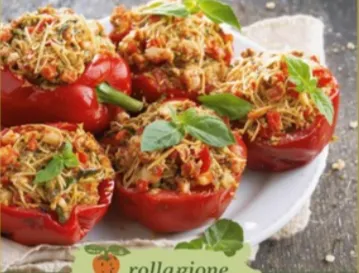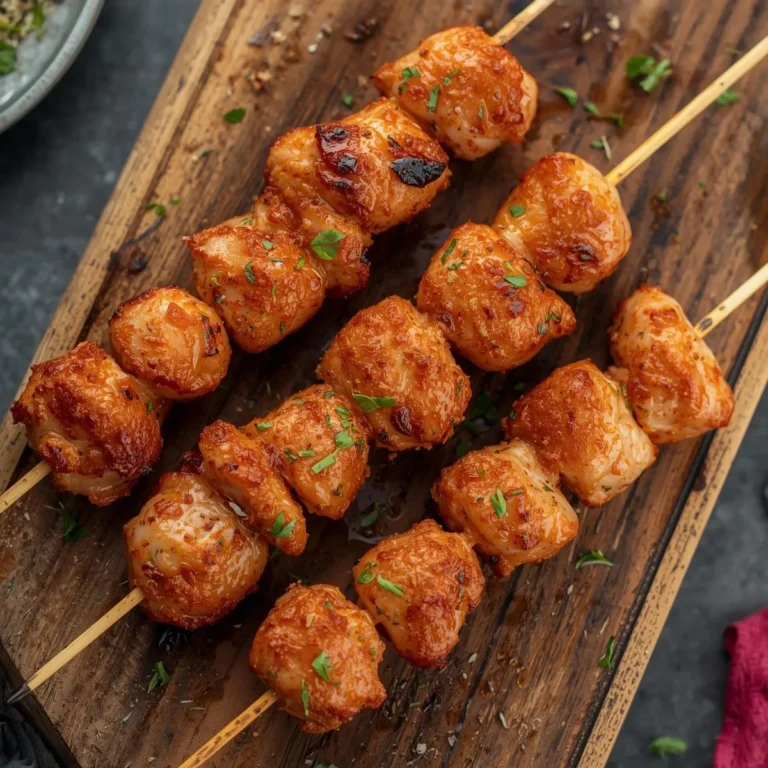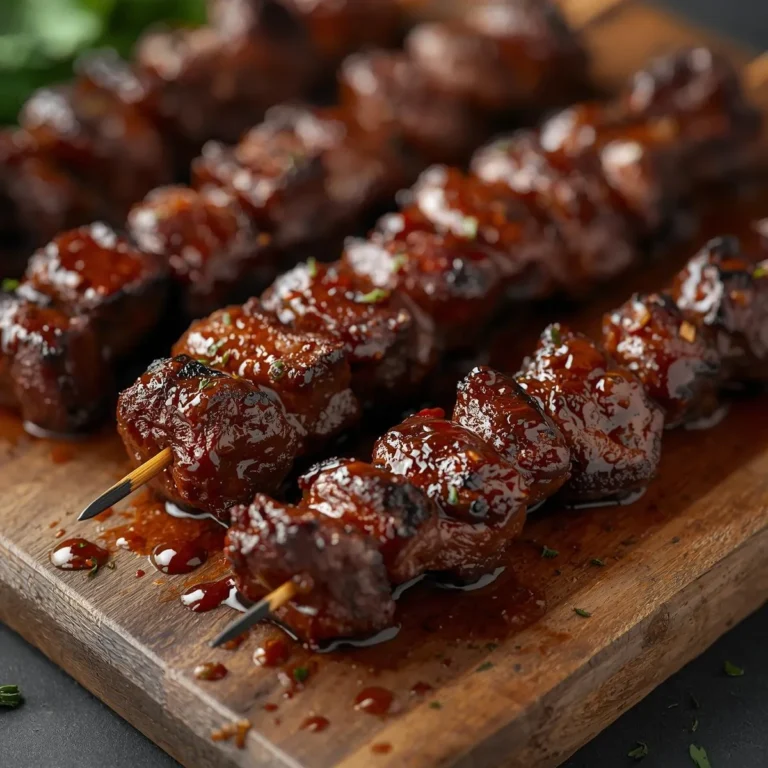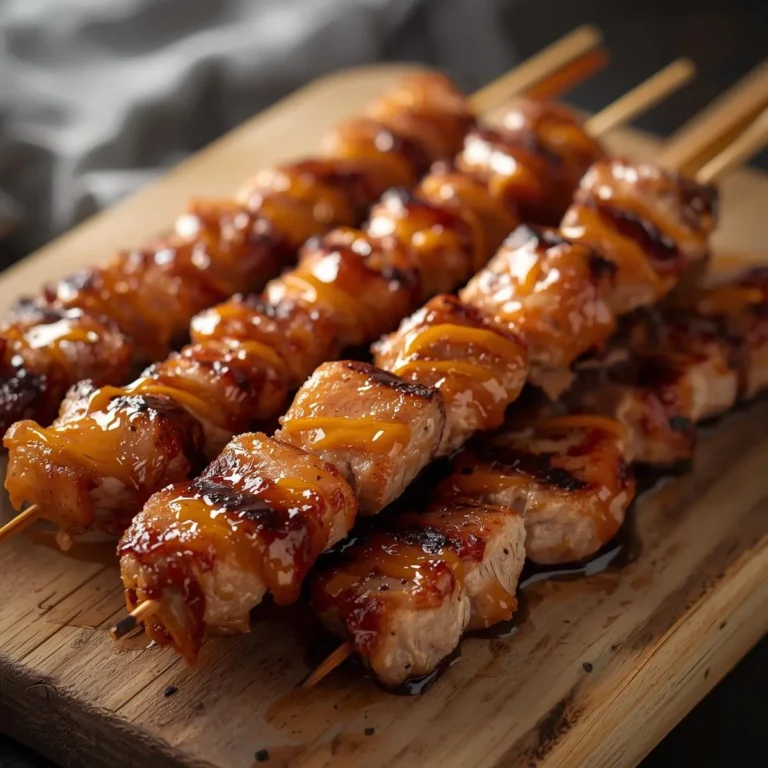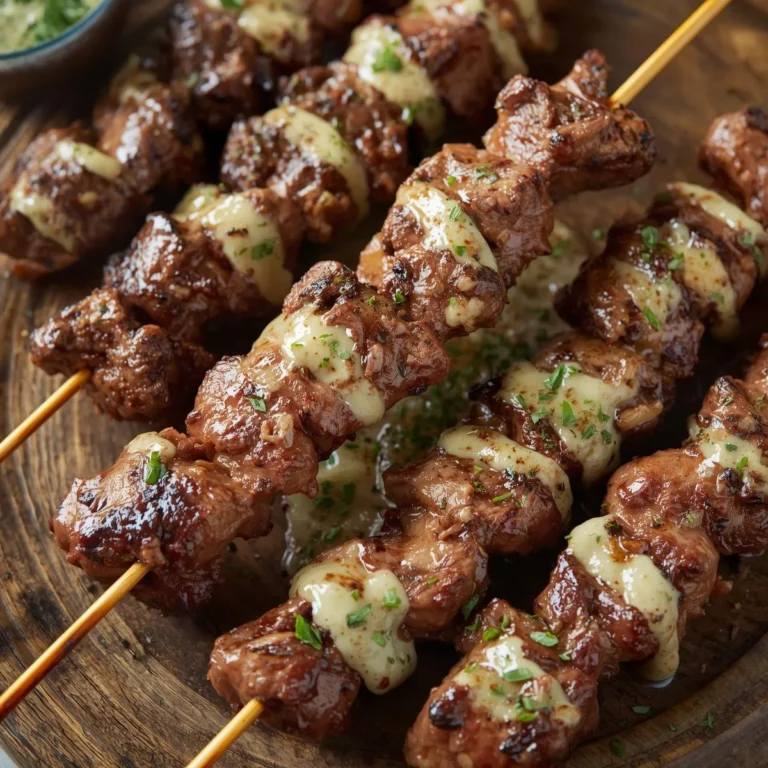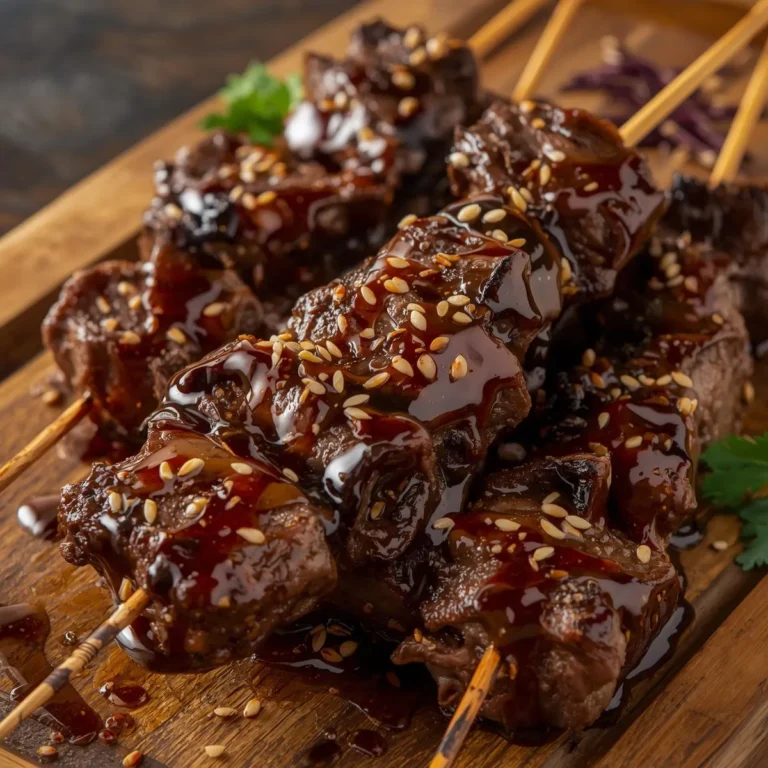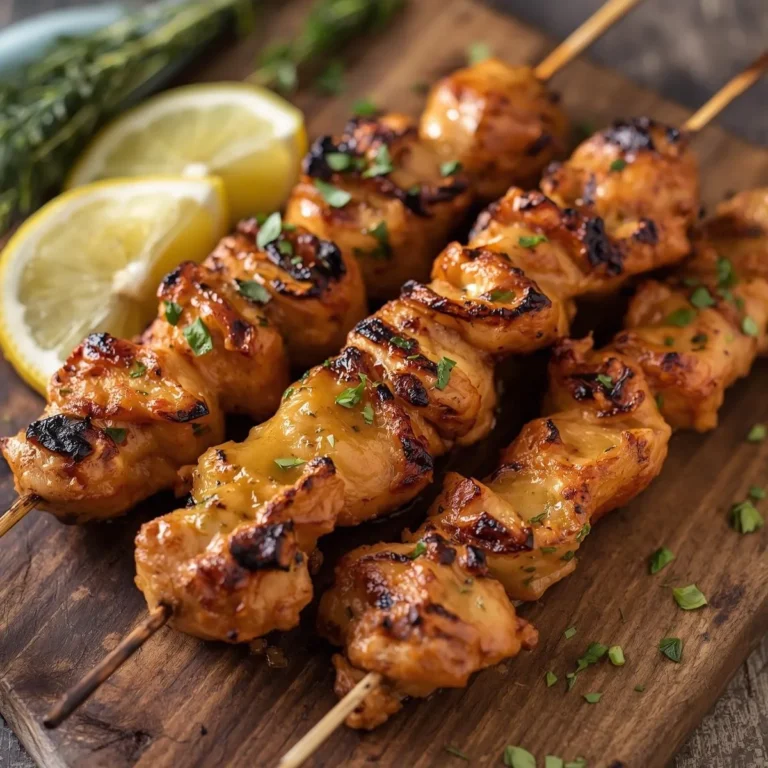Stuffed bell peppers are one of those timeless recipes that never go out of style. They’re colorful, hearty, versatile, and can be adapted to suit nearly any diet. Whether you prefer meat-filled, vegetarian, vegan, or low-carb variations, stuffed bell peppers provide the perfect edible vessel for flavor-packed fillings.
In this comprehensive guide, we’ll dive deep into everything you need to know about making the best stuffed bell peppers—from history, preparation, and variations, to cooking techniques and meal prep hacks. By the end, you’ll be ready to master this classic dish and customize it to your taste.
Why Stuffed Bell Peppers Are So Popular
Stuffed bell peppers are a kitchen staple for several reasons:
- Nutritional Value – Bell peppers are packed with vitamin C, antioxidants, and fiber. Stuffing them with protein and grains creates a balanced, nutrient-rich meal.
- Versatility – The filling options are endless. From ground beef and rice to quinoa, chickpeas, or even cauliflower rice, you can tailor the recipe to your dietary needs.
- Visual Appeal – Few dishes are as vibrant and appetizing as baked stuffed peppers. The green, yellow, orange, and red varieties make your plate look like a work of art.
- Meal Prep Friendly – Stuffed peppers can be prepared in advance, stored in the fridge or freezer, and reheated without losing flavor or texture.
- Family-Friendly – They are filling, customizable, and great for picky eaters since you can adjust seasonings and fillings.
A Brief History of Stuffed Bell Peppers
The concept of stuffing vegetables dates back centuries. Many cultures developed their own versions of stuffed vegetables:
- Mediterranean Cuisine – Known for dolma (stuffed grape leaves, peppers, or zucchini), often filled with rice, herbs, and spices.
- Eastern European Cuisine – Countries like Hungary and Poland feature stuffed peppers filled with ground meat and rice, simmered in tomato sauce.
- Mexican Cuisine – Chiles rellenos, or stuffed peppers, often feature cheese, beans, or spiced meats inside larger chili peppers.
The stuffed bell pepper as we know it in North America became popular in the 20th century as an affordable, wholesome family meal.
Choosing the Right Bell Peppers
Not all peppers are created equal when it comes to stuffing. Here are some tips:
- Red, Yellow, and Orange Peppers – Sweeter flavor, great for balancing savory fillings.
- Green Peppers – Slightly bitter, more traditional in classic stuffed pepper recipes.
- Size and Shape – Choose firm, medium-to-large peppers with flat bottoms so they can stand upright in the baking dish.
Classic Stuffed Bell Peppers Recipe
Here’s a traditional version to get you started:
Ingredients:
- 6 medium bell peppers
- 1 lb ground beef (or turkey)
- 1 cup cooked rice
- 1 onion, finely chopped
- 2 cloves garlic, minced
- 1 can (15 oz) diced tomatoes
- 1 cup shredded mozzarella or cheddar cheese
- 2 tbsp tomato paste
- 1 tsp Italian seasoning
- Salt and pepper to taste
- Olive oil
Instructions:
- Preheat oven to 375°F (190°C).
- Cut off the tops of the peppers and remove seeds.
- Blanch peppers in boiling water for 2-3 minutes, then drain.
- In a skillet, sauté onion and garlic in olive oil until fragrant.
- Add ground beef, cook until browned, then stir in tomato paste, diced tomatoes, rice, and seasoning.
- Stuff each pepper with the filling and place upright in a baking dish.
- Top with cheese, cover with foil, and bake for 30 minutes. Remove foil and bake an additional 10 minutes.
- Serve hot with fresh parsley garnish.
Variations of Stuffed Bell Peppers
One of the reasons stuffed bell peppers remain popular is their flexibility. Here are some exciting variations:
1. Vegetarian Stuffed Bell Peppers
Replace meat with beans, lentils, or quinoa. A mix of black beans, corn, and cheese creates a protein-packed, plant-based meal.
2. Vegan Stuffed Bell Peppers
Use quinoa or rice, chickpeas, diced vegetables, and nutritional yeast for a cheesy flavor without dairy.
3. Low-Carb Stuffed Peppers
Skip the rice and replace it with cauliflower rice or finely chopped zucchini. Perfect for keto or paleo diets.
4. Mexican-Style Stuffed Bell Peppers
Season the filling with cumin, chili powder, and salsa. Top with avocado and cilantro before serving.
5. Mediterranean Stuffed Peppers
Use couscous, olives, feta cheese, and fresh herbs like parsley and mint.
6. Seafood Stuffed Peppers
Try shrimp, crab, or tuna mixed with breadcrumbs and herbs for a lighter twist.
Tips for Perfect Stuffed Bell Peppers
- Blanch Before Baking – Boil peppers briefly to soften before stuffing.
- Don’t Overcook – You want peppers tender but not mushy.
- Use a Sauce Base – Baking peppers on a layer of tomato sauce prevents drying out.
- Cheese Lovers’ Trick – Mix cheese into the filling and on top for melty goodness.
- Make Ahead – Prepare filling the night before, then stuff and bake when ready to serve.
Stuffed Bell Peppers for Meal Prep
Stuffed peppers are excellent for batch cooking. You can:
- Refrigerate – Store cooked peppers in an airtight container for up to 4 days.
- Freeze – Freeze individually wrapped peppers for up to 3 months.
- Reheat – Bake frozen peppers at 350°F (175°C) for 25–30 minutes, or microwave until heated through.
Common Questions About Stuffed Bell Peppers
1. Do you have to cook the meat before stuffing peppers?
Yes. Cooking meat beforehand ensures food safety and better flavor blending.
2. Should peppers be boiled before stuffing?
It’s optional, but blanching helps them cook evenly and prevents toughness.
3. Can I make stuffed peppers without rice?
Absolutely! Substitute quinoa, cauliflower rice, or skip grains altogether.
4. What goes well with stuffed bell peppers?
Pair with a side salad, garlic bread, or roasted vegetables for a complete meal.
Creative Serving Ideas
- Mini Stuffed Peppers – Use small sweet peppers for appetizer-sized bites.
- Stuffed Pepper Soup – Transform leftovers into a comforting soup with broth and extra veggies.
- Deconstructed Stuffed Peppers – Skip stuffing and sauté filling with pepper slices for a quick weeknight option.
Nutritional Benefits
Bell peppers are naturally low in calories and high in nutrients:
- Rich in Vitamin C – One pepper can provide over 150% of your daily value.
- Good source of Vitamin A and antioxidants.
- High in fiber, aiding digestion.
- Naturally gluten-free and adaptable for nearly every diet.
Final Thoughts
Stuffed bell peppers are more than just a recipe—they’re a versatile canvas for endless flavor combinations. Whether you stick to the classic beef-and-rice version or explore plant-based, Mediterranean, or spicy Tex-Mex variations, this dish is a guaranteed crowd-pleaser.
With their nutritional benefits, meal prep convenience, and mouthwatering taste, stuffed bell peppers deserve a permanent spot in your cooking routine.
